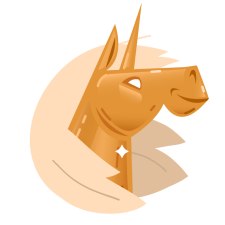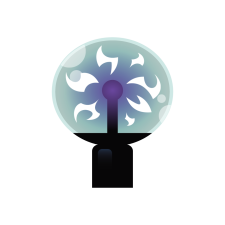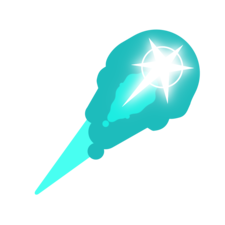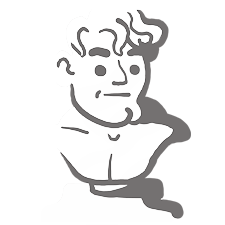Install Steam
login
|
language
简体中文 (Simplified Chinese)
繁體中文 (Traditional Chinese)
日本語 (Japanese)
한국어 (Korean)
ไทย (Thai)
Български (Bulgarian)
Čeština (Czech)
Dansk (Danish)
Deutsch (German)
Español - España (Spanish - Spain)
Español - Latinoamérica (Spanish - Latin America)
Ελληνικά (Greek)
Français (French)
Italiano (Italian)
Bahasa Indonesia (Indonesian)
Magyar (Hungarian)
Nederlands (Dutch)
Norsk (Norwegian)
Polski (Polish)
Português (Portuguese - Portugal)
Português - Brasil (Portuguese - Brazil)
Română (Romanian)
Русский (Russian)
Suomi (Finnish)
Svenska (Swedish)
Türkçe (Turkish)
Tiếng Việt (Vietnamese)
Українська (Ukrainian)
Report a translation problem






















This should cover everything but let me know if you see any errors here too!
I will implement changes at my earliest convenience.
It should be noted that on a Numpad, the controls are a little different, as the arrangement of the number keys means the music wheel is much more intuitive and direct:
7 = TL, 4 = L, 1 = BL, 2 = B, 3 = BR, 6 = R, 9 = TR, 8 = T.
Also, many of those 48 notes you list are enharmonic equivalents , so that shortens it down to 27 when going by sound alone (54 when whispering is factored in). Actually, it turns out there are only 25 pitches recorded by John Robert Matz (C3-C5), with variants for whispering and syllable variation (e.g. "Ah" or "Eh"). To get the highest note and all of the lowest notes, the highest note (C5) and lowest note (C3) are just pitch-shifted (which is reflected in your Note Table).
Act 2: Day One: the scale here is actually E (natural) minor, not quite G major.
Act 3 Spiritworld is, as we all know, strange. Each note cycles through 4 variants: the original note, -Maj. 6th, -Maj 3rd, -Perfect 4th, in that order (I might be slightly off — it's been a while since I've played). This helps give something of a more "chaotic" feeling to the Spirit World.
All of Act 4: Apart from when it's C major, the scale here is actually D (natural) minor, not quite F major.
Act 5 Lumber Town is similar to Act 2: Overseer's Castle in that the "Re" and "Do" notes are esentially swapped. Maybe worth noting in the "Mode" column?
Act 7 and Act 7: Overseer's Castle are both A (natural) minor, not quite C major.